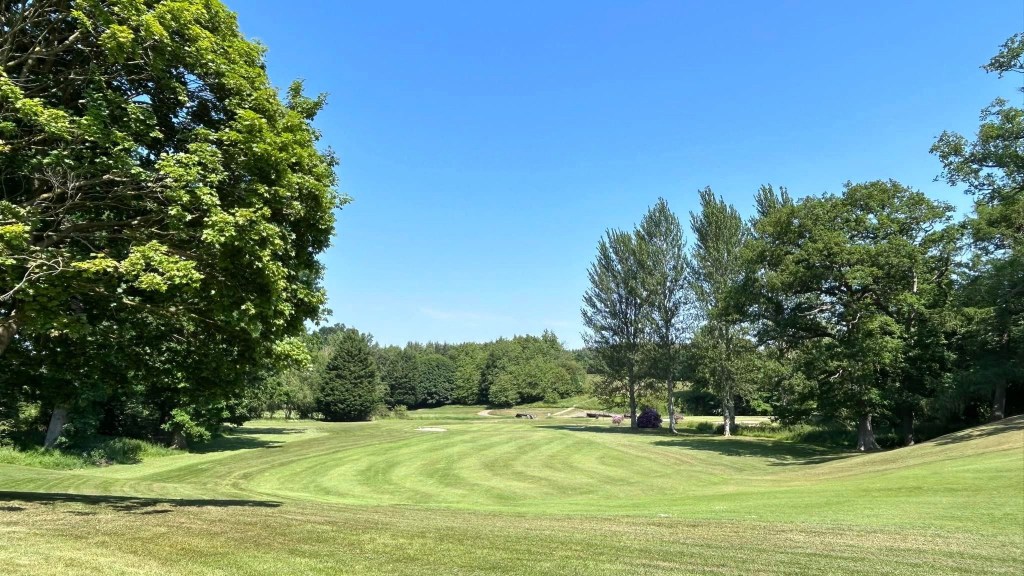The British pint in pubs is now considered too large, leading to feelings of bloating and sluggishness among drinkers. Meanwhile, recent club closures at The Hirsel and Torrance Park in Scotland suggest a shuffle in the industry, reflecting a natural cull that was delayed by the spike in golf participation during the Covid pandemic. Golf became a popular pastime during the lockdown, boosting memberships and tee sheet bookings at clubs across the UK.
Despite the initial surge in interest, club resignations have since returned to pre-pandemic levels, indicating a familiar decline in member retention rates. Industry experts like Kevin Fish predict a slippery slope for golf clubs as market saturation and rising costs put pressure on struggling businesses. The future of golf in Scotland remains uncertain, with the possibility of only a handful of expensive clubs surviving in the next decade.
As demographics shift and challenges like aging memberships, lack of female participation, and inflexible membership packages persist, some clubs are embracing innovation to attract new members and diversify their offerings. Initiatives like Scottish Golf’s OpenPlay scheme cater to casual golfers looking for flexible playing options without committing to a traditional club structure. However, critics argue about the impact of these programs on club revenues and participation in club events.
The industry is evolving to embrace new trends like high-tech entertainment facilities and simulators in addition to traditional golfing experiences. The outgoing CEO of The R&A, Martin Slumbers, highlighted the global popularity of golf and the need for clubs to adapt to changing lifestyles and preferences. While some clubs thrive by catering to a diverse range of players, others struggle to remain relevant in a rapidly changing leisure landscape.
Golf clubs face similar challenges to other community hubs, such as pubs and social clubs, as they try to attract and retain members in an increasingly competitive market. Despite efforts to engage with different demographics and offer innovative membership options, some clubs continue to struggle financially. The future of golf clubs in Scotland and beyond remains uncertain, with the need for ongoing adaptation and innovation to ensure long-term sustainability in the face of shifting societal trends.


